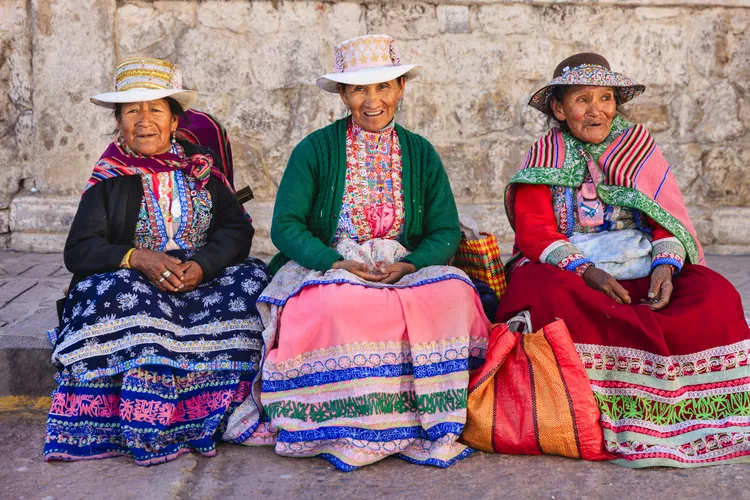1. Introduction
Learning how to say goodbye in Peru is important in everyday interactions, whether formal or informal. While Spanish is the primary language used for farewells, it’s also valuable to explore goodbyes in Quechua.
2. Common Farewells in Spanish
Chau and Adiós
In Peru, the most common way to say goodbye is chau (or sometimes chao), which is equivalent to “bye” in English. It is informal yet versatile, allowing you to express a range of emotions through intonation. While it fits in most contexts, it can be paired with more formal addresses, like “chau Señor _____.”
In contrast, adiós offers a more formal farewell, akin to saying “farewell” in English. This expression is better suited for significant departures, such as saying goodbye to close friends before an extended separation.
Using Hasta…
If you’re looking to diversify your goodbyes, consider these variations of hasta:
- hasta mañana — until tomorrow
- hasta luego — until later
- hasta pronto — until soon
- hasta entonces — until then
These phrases imply a sense of meeting again, making them more comforting. For example, hasta pronto translates to “see you soon,” while hasta luego suggests “see you later.”
Other Spanish Farewells
Other common goodbyes in Spanish include:
- nos vemos — “we will see each other”
- te veo — “I’ll see you”
- buenas noches — “goodnight,” usable both for greetings and farewells at night
- ¡vaya con Dios! — “go with God!” although it’s used less frequently
3. Physical Gestures in Saying Goodbye
Understanding the physical aspect of farewells is just as essential. Men typically shake hands, while a kiss on the cheek is customary among others, excluding similar gestures between men. This gesture can feel unusual if you’re not accustomed to it, especially in larger groups. It’s generally accepted to kiss or shake hands with those you were introduced to upon arrival, but you can opt for simpler farewells in casual settings.
In non-social contexts, such as with service workers, a simple chau or “thank you” (gracias) is sufficient, as more physical interactions may not be appropriate.
4. Quechua Farewells
Quechua, the second most prevalent language in Peru, represents approximately 13 percent of the population. Knowing how to say goodbye in this language can be a delightful surprise for Quechua speakers. Here are three common versions:
- rutukama — bye
- huq kutikama — goodbye (see you later)
- tupananchiskama — goodbye (so long)
Remembering these phrases can enhance your interactions during your stay.





